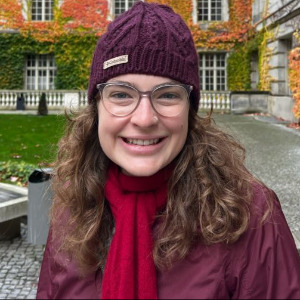Abstract:
Background: Lipodystrophy is a rare and complex condition characterized by abnormal fat distribution and severe metabolic complications, significantly impacting the quality of life of affected individuals. To better understand the experiences of patients. Lipodystrophy United, a United States patient advocacy group conducted a survey assessing disease burden and research priorities. This survey aimed to capture the multifaceted challenges faced by individuals with lipodystrophy, including physical, mental, and social health concerns, as well as their perspectives on future research directions.
Methods: Data was collected via a Health Insurance Portability and Accountability Act (HIPAA) -compliant online platform to ensure accessibility and confidentiality. The survey included both open-ended and targeted questions, designed to capture a broad spectrum of experiences and challenges. Participants provided insights into key symptoms such as fatigue, pain, hunger, emotional distress, and the impact of physical appearance on self-esteem and social interactions.
Results: 48 participants responded to the survey (45 female, 3 male), with a median age of 42 years (range 18-73). The distribution of diagnoses included 42 with Partial lipodystrophy (39 with Familial Partial Lipodystrophy and 3 with Acquired Partial lipodystrophy) and 6 with Generalized Lipodystrophy (4 Congenital Generalized Lipodystrophy,1 Acquired Generalized Lipodystrophy, 1 Progeria-Associated Lipodystrophy). When asked open-ended questions about symptoms, pain emerged as the most commonly reported symptom (76%), followed by fatigue (63%), body image concerns (41%), hunger (39%), and mental health difficulties (35%). Notably, when patients responded to symptom-specific questions, the prevalence of reported symptoms was even higher.
Conclusion: Our findings highlight the substantial physical and psychological burden of lipodystrophy. The prevalence of symptoms reported through open-ended questions was higher than previously documented in studies using validated symptom-specific measures. Additionally, our survey identified symptoms either not reported or rarely reported in prior research, such as body image concerns, muscle weakness, and brain fog. The relatively lower rate of reported hunger may be influenced by emerging treatment options or limitations in current assessment tools.The insights gained from this survey will inform future advocacy efforts, educational initiatives, and collaborations between patient advocacy groups and researchers, clinicians, and other stakeholders. By amplifying patient voices, this study aims to bridge knowledge gaps between real-world data and symptoms identified in previous publications in order to improve health outcomes for the lipodystrophy community.



